Screen tearing in Elden Ring is a frustrating issue that disrupts the otherwise immersive experience FromSoftware has masterfully crafted. Whether you're navigating Limgrave or battling Radahn, a split or disjointed image on your screen can make or break your session. This comprehensive guide explores multiple ways to eliminate screen tearing in Elden Ring, ensuring fluid and stutter-free performance across a variety of setups.
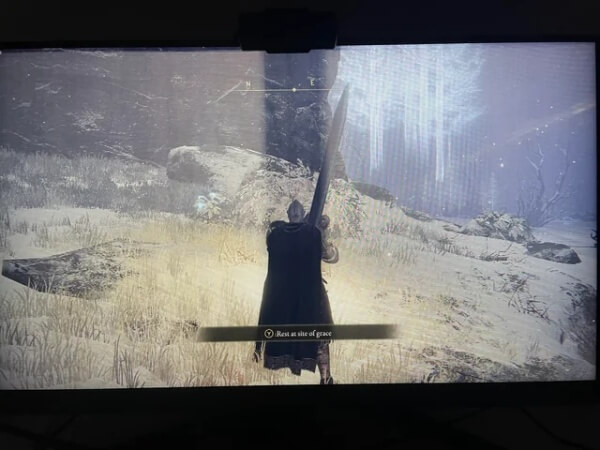
What Causes Screen Tearing in Elden Ring?
Screen tearing occurs when the frame rate output by your graphics card is not synchronized with your monitor's refresh rate. In Elden Ring, this is especially noticeable during fast camera pans or rapid combat sequences. This issue is common on both high-end and mid-range systems and can occur regardless of graphical fidelity.
1. Enable V-Sync in Elden Ring (Force Through GPU Settings)
Elden Ring doesn’t include a native in-game V-Sync toggle, which is usually the first defense against screen tearing. However, you can force V-Sync via your GPU’s control panel.
For NVIDIA Users:
Right-click on your desktop and open NVIDIA Control Panel.
Navigate to Manage 3D settings > Program Settings.
Select Elden Ring from the drop-down.
Scroll down to Vertical Sync and choose On.
Click Apply.
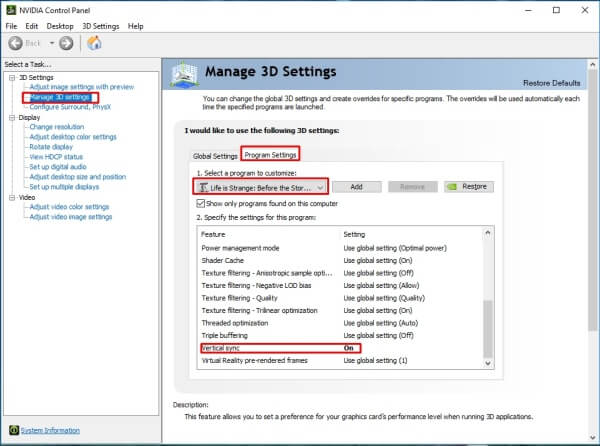
For AMD Users:
Open AMD Radeon Software.
Go to Gaming > Elden Ring profile.
Enable Wait for Vertical Refresh and set it to Always On.
Apply changes.
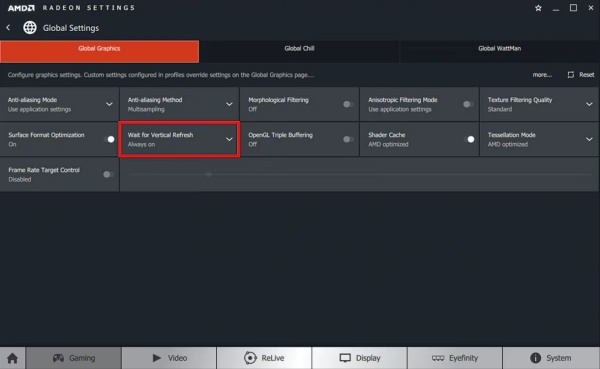
This method helps ensure your GPU delivers frames in sync with your monitor’s refresh cycle, eliminating screen tearing in Elden Ring.
2. Use Borderless Windowed Mode Instead of Fullscreen
Running Elden Ring in borderless windowed mode is another effective workaround. This method allows the OS to handle frame pacing, which can significantly reduce or even eliminate screen tearing.
How to Switch to Borderless Mode:
Open Elden Ring and go to Settings.
Navigate to Display Settings.
Set Screen Mode to Borderless Windowed.
Save and restart the game.
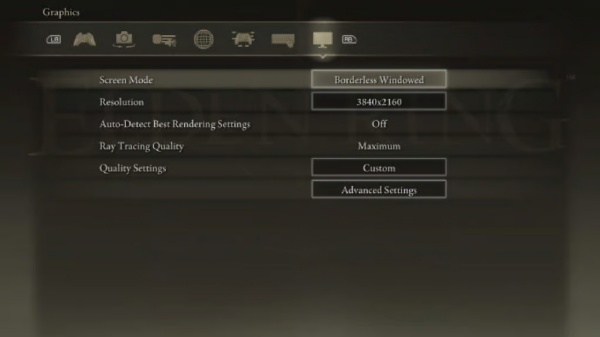
This simple tweak resolves tearing for many players, especially those using multiple monitors or Windows 11.
3. Enable G-Sync or FreeSync for Adaptive Sync
If you own a G-Sync (NVIDIA) or FreeSync (AMD) compatible monitor, enabling adaptive sync can completely eliminate screen tearing in Elden Ring.
NVIDIA G-Sync Setup:
Open NVIDIA Control Panel.
Under Display, click Set up G-SYNC.
Enable it for full-screen and/or windowed mode.
Ensure G-SYNC Compatible Monitor is selected.
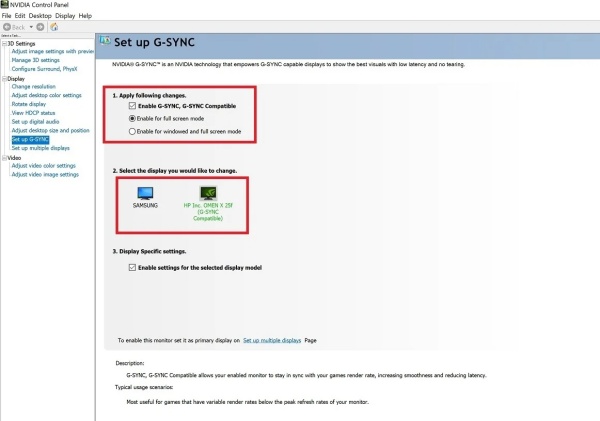
AMD FreeSync Setup:
Open AMD Radeon Software.
Navigate to Display settings.
Enable AMD FreeSync.
Make sure it’s turned on for the connected monitor.
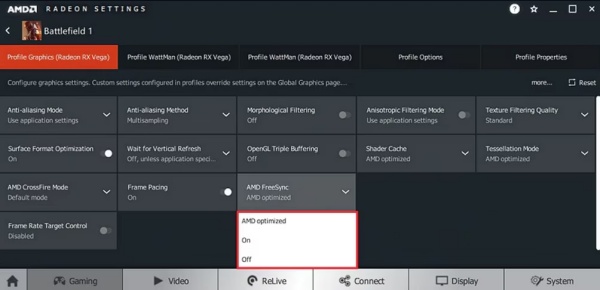
Adaptive sync adjusts the monitor's refresh rate to match the game's frame rate dynamically, making it ideal for solving Elden Ring screen tearing without introducing input lag.
4. Use RivaTuner Statistics Server (RTSS) to Cap FPS
Another proven solution is using RTSS (RivaTuner Statistics Server) to cap your frame rate slightly below your monitor's refresh rate. This helps prevent tearing while avoiding V-Sync latency.
Steps to Set Frame Cap:
Download and install MSI Afterburner, which includes RTSS.
Open RTSS.
Add eldenring.exe manually.
Set the Framerate Limit to 58 if your monitor is 60Hz, or 117 for 120Hz, etc.
Launch the game.
This precision FPS cap reduces screen tearing while offering smoother input responsiveness than traditional V-Sync.
5. Update Graphics Drivers
Outdated or corrupt GPU drivers can cause various display issues, including screen tearing in Elden Ring.
How to Update Easily with Driver Talent:
Use Driver Talent, a reliable driver updater that automatically detects outdated drivers and repairs corrupted ones.
Steps:
Download and install Driver Talent.
Launch the tool and click Scan.
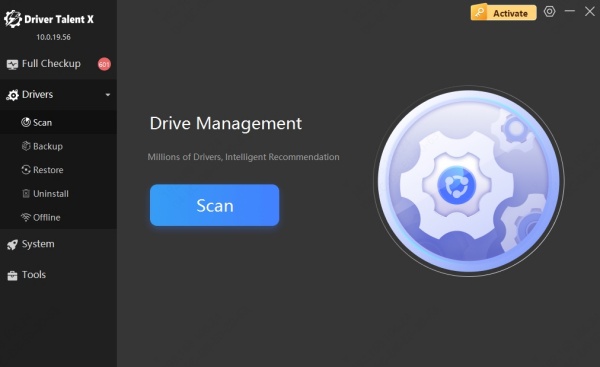
It will list outdated GPU drivers (e.g., NVIDIA, AMD, Intel).
Click Upgrade to install the latest version.
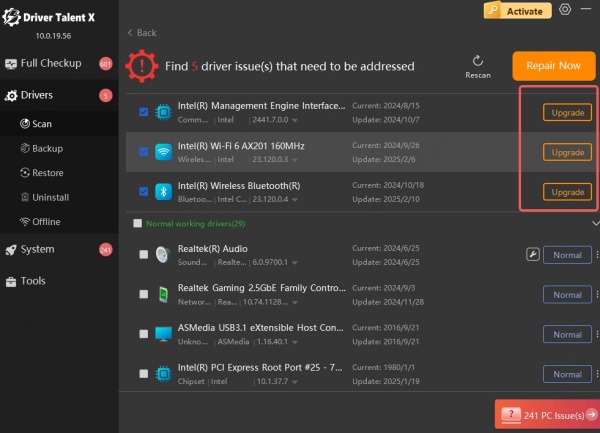
Reboot your PC and launch Elden Ring.
Driver Talent ensures all necessary driver components are working optimally, reducing rendering issues and tearing.
6. Disable Steam Overlay and Other Overlays
Overlays like Steam, Discord, or NVIDIA GeForce Experience can interfere with rendering pipelines and cause tearing or flickering.
Disable Steam Overlay:
Right-click Elden Ring in Steam.
Click Properties.
Uncheck Enable Steam Overlay while in-game.
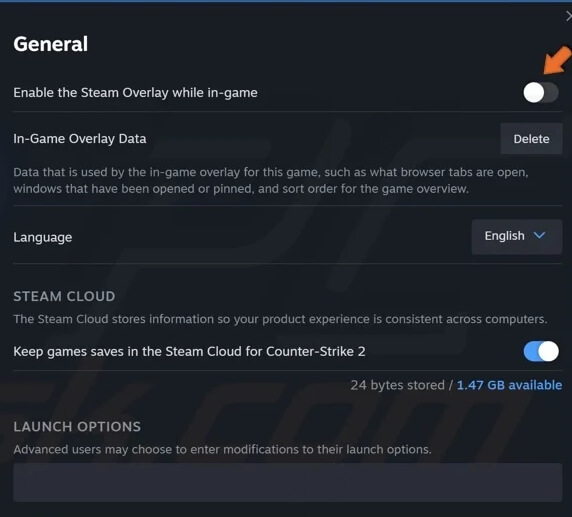
Disable GeForce Experience Overlay:
Open NVIDIA GeForce Experience.
Go to Settings.
Toggle off In-game overlay.
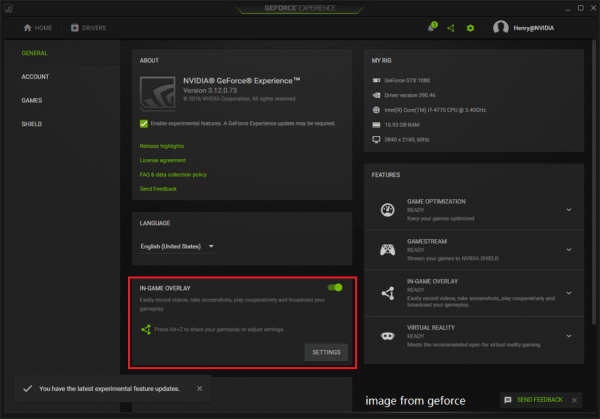
This helps prevent unnecessary software conflicts and provides smoother gameplay.
7. Adjust In-Game Graphics Settings
Sometimes, specific settings in Elden Ring may interact poorly with your GPU and cause instability.
Suggested Settings:
Motion Blur: Off
Depth of Field: Off
Shadow Quality: Medium or Low
Effects Quality: Medium
Reducing high-load settings can stabilize frame output and reduce occurrences of screen tearing.
8. Revert or Reset Overclocked GPU/CPU
Overclocking can yield performance gains but also introduces instability, especially in newer games like Elden Ring.
If you're facing persistent tearing:
Revert GPU and CPU to default clock speeds.
Use MSI Afterburner or BIOS settings to disable overclocking.
Stable hardware performance is essential for smooth frame delivery and proper synchronization.
9. Reinstall the Game with Fresh Configuration Files
Corrupt configuration files or mods can introduce unexpected behavior, including screen tearing. If none of the above works, consider a clean reinstall.
Steps:
Back up saved files from C:\Users\[YourName]\AppData\Roaming\EldenRing.
Uninstall Elden Ring via Steam.
Delete the remaining folder in AppData to remove config files.
Reinstall the game from Steam.
Launch and reapply recommended settings.
A clean reinstall often resolves deep-rooted rendering conflicts.
Final Thoughts
Screen tearing in Elden Ring disrupts both visuals and gameplay flow, but with the right tweaks and tools, it’s a problem that can be completely resolved. From enabling V-Sync through your GPU to using adaptive sync technologies and performance utilities like Driver Talent, there are multiple paths to a seamless experience.
If you want a quick and reliable way to resolve potential driver-related causes, Driver Talent offers automated repair and optimization—ensuring your system runs Elden Ring with maximum stability.
